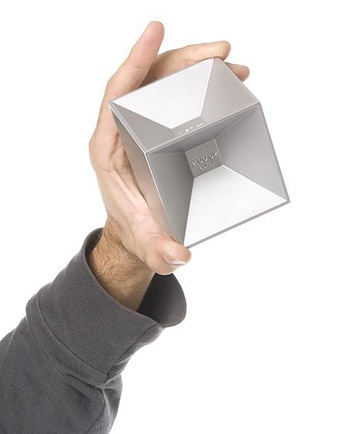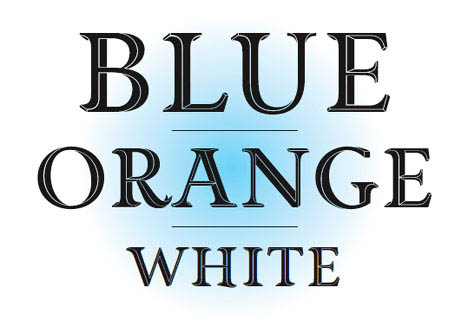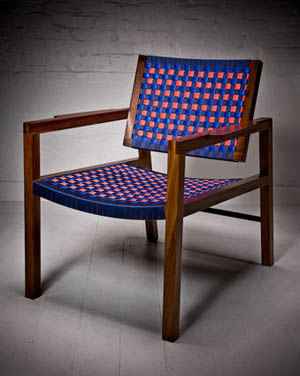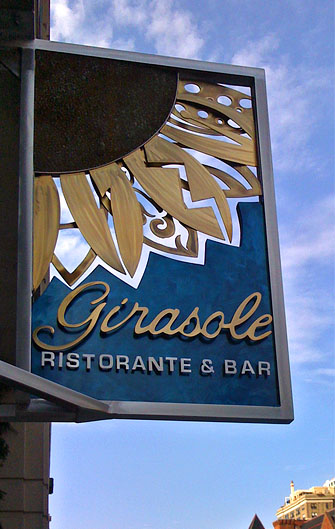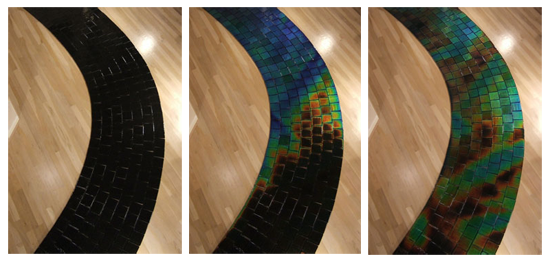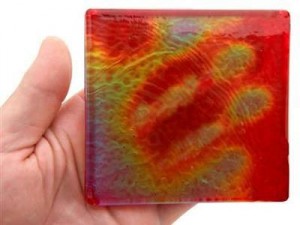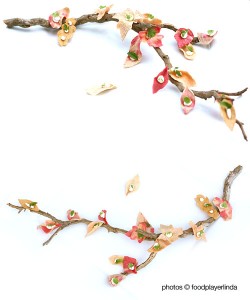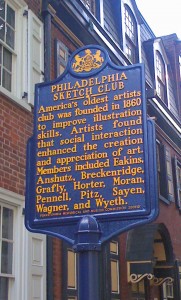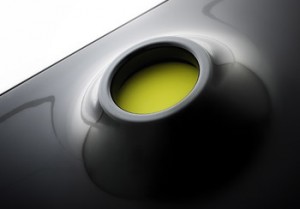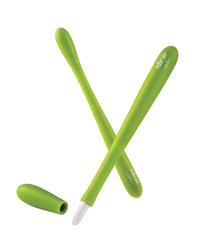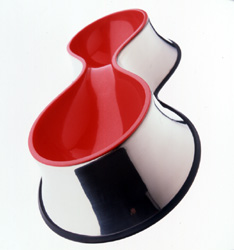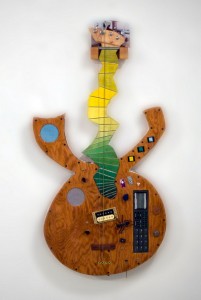
Or does your adventure choose you?
If you’re an artist, usually a bit of both.
Ben Simon makes wonderfully whimsical and unique handcrafted electric guitars and other instruments.
After growing up all over the East Coast, he landed for a time in the Carolinas — a region with a rich history in woodworking — and immersed himself in learning the craft at Burch Company Wood Studio.
As a musician, Simon noticed that some of the more elaborate cutting boards he was working on were reminiscent of electric guitar bodies.
Taking 2 and 2 apart, he deconstructed an electric guitar, did some research, and in 2006 crafted his first custom instrument.
He went on to twice tour Europe playing self-built guitars and basses with his band Get the People.
The instruments themselves have evolved over the years. One was made using 18 different types of wood.
The repertoire is also no longer limited to guitars; pieces have been built that incorporate synths, drums, speakers and amps.
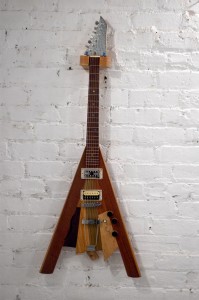
A true artist, one of Ben’s goals is to teach, and spread his specialized knowledge and discoveries.
As a member of the Brooklyn artist community center 3rd Ward (which it so cool that it gives all of its members free bicycles — yes, free bikes), Simon has access to a full woodworking studio.
He’s working on an instrument building program for disadvantaged youth featuring small classes there.
(This should be very popular with kids, who will see tangible, usable results from their hard work.)
To own your own one-of-a-kind musical art piece, you can consult with Ben (bensimonmusic@gmail.com) and discuss types of wood, shapes, hardware and more.
Prices start as low as $500.
Check out more photos below after the jump, or on his Flickr stream.
The adventure’s just begun. Continue reading Choose Your Own Adventure
